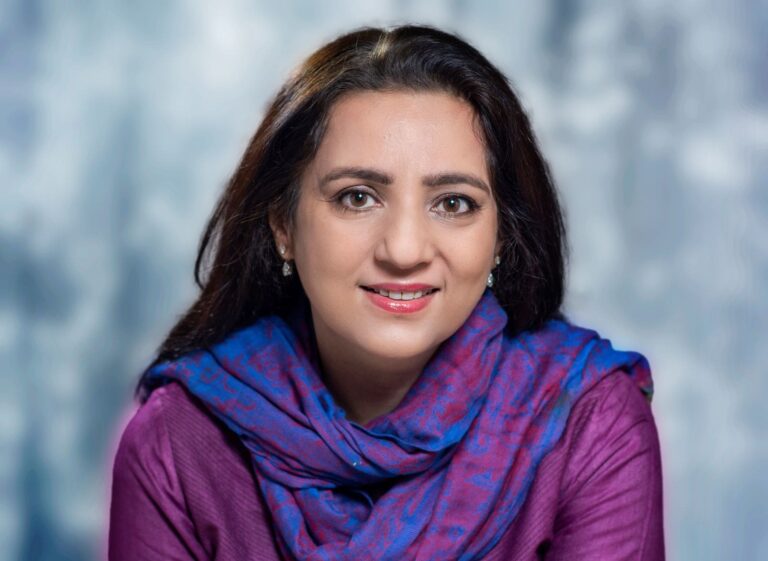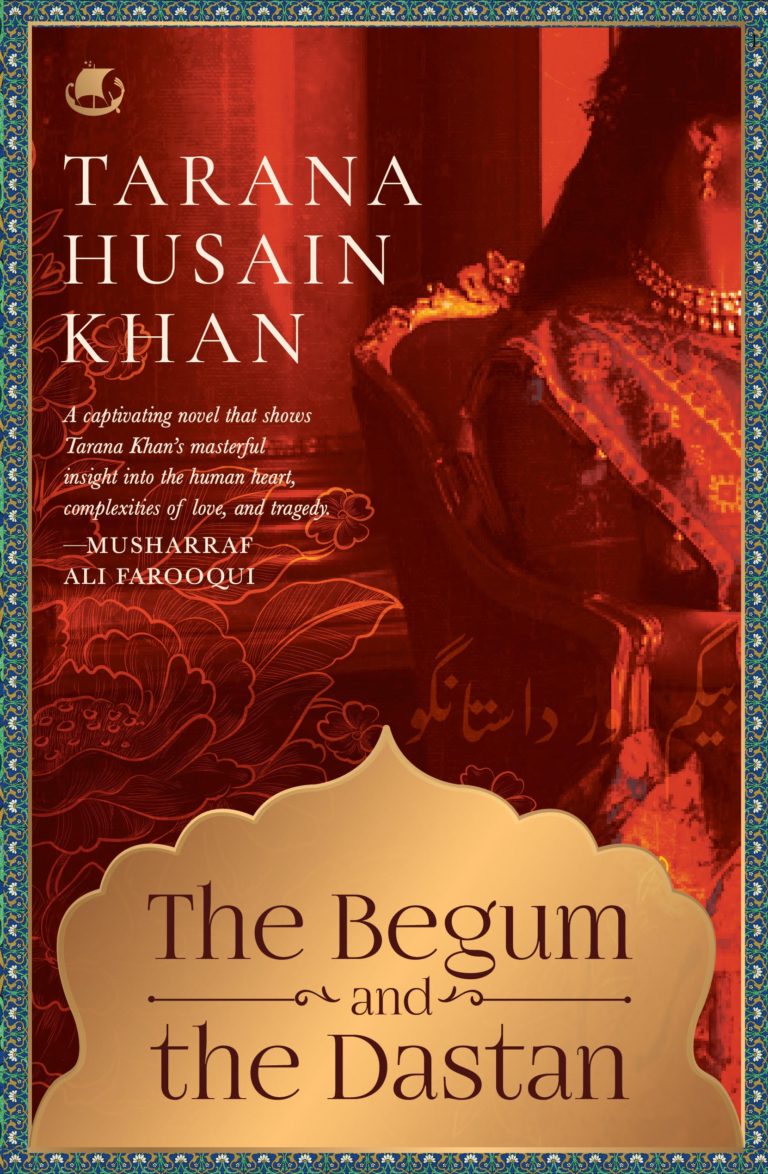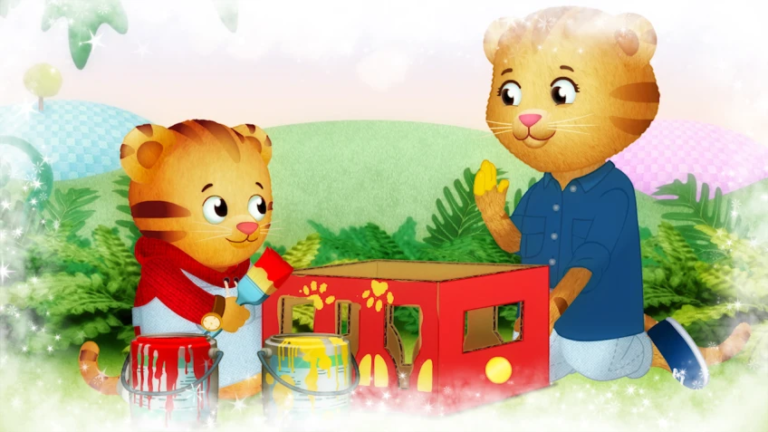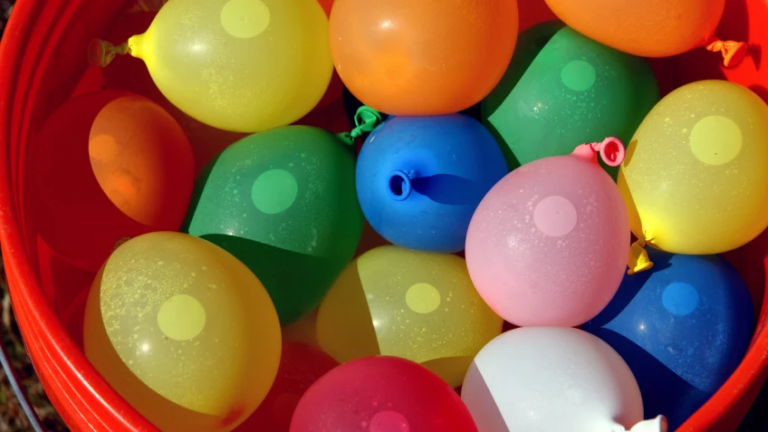Dastangoi- The Storytellers’ Last Stand in Rampur
The year is sometime after the revolt 1857 and the destruction of Delhi. The great Dastaango, Mir Baqar Ali sits on a takht in his courtyard dimly lit by a single lantern. The hour is late and it is winter time. He wears a kantop- a cotton wool filled topi, a black and red quilted sadri over his scrawny chest, beige colored tight churidar encases his spindly legs with hand knitted striped socks pulled over their ends. He is completely cocooned in a thick cotton wool filled quilt. The latter he defends as being important for a winter evening serving as odhna aur bichhona –that you can cuddle into and sleep after a long night of dastaangoi (story telling). Right next to his takht are the tools of his trade-a box of opium and a silver bowl. With great elegance and style he mixes the black knob of opium, slips into an intoxicated haze-a world filled with tilism (magic) as the listeners file in keeping one or two annas in an alcove.
Mir Baqar was the last of the great dastangos, a supreme artist describing war with such ferociousness that the listeners were convinced that it had been recently fought, he spoke of love quoting nazms and ghazals, enacting the passion of the besotted prince and the comedy of the sidekick, imitating voices of the king and the toothless crone, becoming the imaginative dream-the nazr i-tasawwur. The dastaan continued for twelve years drawing people to his place who still believed in the Delhi that was lost.
Shams ur Rehman Farooqui, the great Urdu scholar said in an interview that were it not for Nawab Yusuf Ali Khan of Rampur supporting the British in the Revolt of 1857, all cultural treasures of dastaan would have been lost. As the dastaangos of Delhi like the great Mir Baqar Ali were reduced to penury and the dastaangos of Lucknow tried to find patronage, libraries were ransacked and burnt, Rampur became the last stand for the dastangos. Under Nawab Saeed Ahmad Khan, Nawab Yusuf Ali Khan and Nawab Kalbe Ali Khan the dastaangos congregated in Rampur and were commissioned to commit the great dastaans to paper for posterity.
Meer Ahmad Ali, the great dastango under Wajid Ali shah came to Rampur before 1857 and completed the ‘Tilism i-Hoshruba’ which is a part of the great Dastan of Amir Hamza. The manuscript is in the Raza Library, Rampur. His famous student, Hakim Asghar Ali also came to Rampur to write Tilism i-Hoshruba with his ustad and published Tilism i Haft i-kawakib under the patronage of Nawab Kalbe Ali Khan. Amba Prasad, another disciple of Meer Ahmad Ali came to Rampur from Lucknow at the age of 10, became a great dastaango, also assisting his ustad in writing the Tilism i-Hoshruba and publishing several other dastaans.
Since dastaans were oral narrations they were passed down from ustad to disciples who added something of their own-a living, mutable form. Gyan Chand Jain’ writes in ‘Hamari Nasari Dastanein’, the dastaan of Amir Hamza has many sides, many branches and originated in Persia. In India it took on another color with the tilism – the magic, becoming an integral and most captivating part of the story.
Nawab Kalbey Ali Khan of Rampur was most interested in prose and himself wrote stories. In a reply to his query on Dastaan Amir Hamza, Ghalib writes:
“After salutations I would like to to put forth that Dastan i-Hamza is an imaginary tale composed in the time of Late Shah Abbas of Iran’s reign. It is called Amir Hamza Ki Dastan in India and Rumuz i- Hamza in Iran. It is 200 years old and still famous and will always be.”
So Rampur undertook the important task of preserving the vibrant oral tradition of dastans into brittle words for posterity. Most of the work of translations from Persian and compilations was accomplished in Rampur 1840 to 1865 during the reign of Nawab Saeed Ahmad Khan and Nawab Yusuf Ali Khan. It was after this period that the Naval Kishore press of Calcutta published Dastaan Amir Hamza in 46 volumes-the complete set exists with Mr. Shams ur Rehman Farooqui and one other set in University of Columbia.
The love of dastan attracted many masters from Lucknow and Delhi like Meer Nawab, Haji Ali Lucknowi, Mehdi Ali Khan Zaki, Mirza Raheemuddin Haya came from Delhi after ghadar 1856-the ornate style of Lucknow dastaan mixing with the more straightforward style of Delhi and catering to the egoistic taste of the Pathans into a heady mix. The razm (war), bazm (gathering),tilism (magic)and ayyari (trickery)-the four elements of Indian dastan style solidified into a written form somewhat losing the extempore brilliance of the enactment individual narrator. As dastans were narrated in Urdu they came out of the court and connected with the common man. In Lucknow dastan sessions were held in chowks and in Rampur and Delhi the dastango held sessions in private houses. Lucknowi women also enjoyed the Qissa or short stories narrated by mughlani –female teachers from impoverished and genteel families.
A master dastango would begin with a scene of war go into styles of warfare, armor, armaments, intersperse narrative with war cries, mimicry, comic relief and verses –the narrative ending at the suspenseful moment when something amazing and unexpected is about to happen, a curtain is about to be lifted, the lovers united, a twist in the narration has has left the listeners gasping. ‘What happens next?’ they wonder and discuss and the dastango pulls his audience to the next session.
(Next week tune in to read the Art of the Dastaango)





The rich cultural heritage of India where preserve in dialects and is highly depicted by sculpture and manuscripts most of our great grandparents and historians have told stories your article is short but highly informative.
..keep it up you can join news paper also the editor blog
In depth research and lucid narration of the history of ‘Dastango’. The style of writing, simplicity of language and choice of diction makes writeup gripping.
Even I am left with a question–,’. What happens next? ‘
Thanks for the encouragement Mili